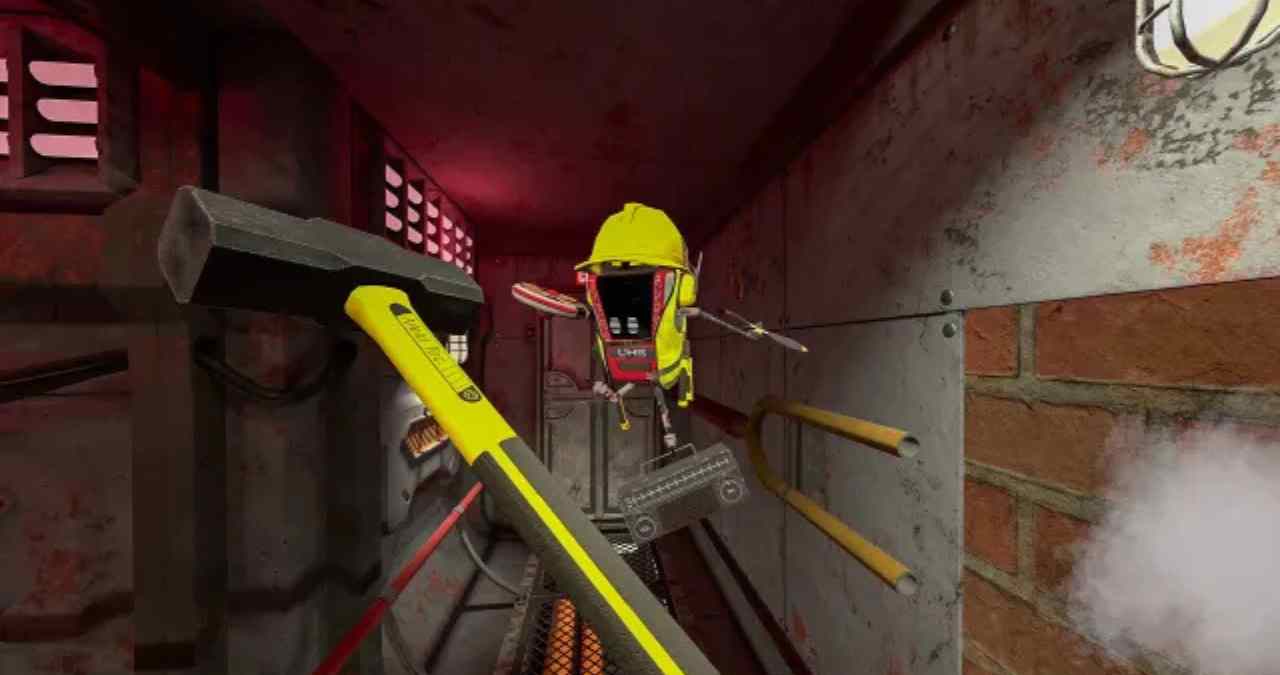Fixer: Undercover isn’t your typical VR stealth game. There are no shootouts, no overpowered abilities, and no super-slick action montages. Instead, it leans into grounded, improvisational problem-solving think paperclips, wires, and duct tape, not grenades or gadgets that do all the work.
Set for release in 2026 on both PC VR and Meta Quest, the game puts players in the role of an operative tasked with navigating real-world scenarios using logic, observation, and resourcefulness. It’s espionage without the Hollywood gloss, designed around puzzle density instead of combat.
Improvisation is the core mechanic
At the heart of Fixer: Undercover is its commitment to hands-on, grounded puzzle mechanics. Rather than following scripted solutions, the game gives players tools and lets them figure things out on their own. Locked door? Find a vent. Power down? Strip wire, reroute current. You’re not guided you’re expected to think like a fixer.
This open-ended design rewards curiosity. Each mission has multiple paths, and none of them rely on brute force. You won’t be knocking out guards or triggering alarms for fun. Instead, stealth and manipulation drive the pacing. It’s more Escape Room than Splinter Cell, but framed in a serious spy narrative.
That level of freedom is uncommon in VR puzzle games, where interactivity often feels limited to object-matching or pre-set sequences. Fixer wants players to feel like they’re solving real problems in real space.
Narrative structure supports long-form missions
The game builds its story around a fictional covert agency, sending players into different countries and high-risk situations that unfold across self-contained episodes. Each mission introduces new challenges and environments offices, labs, apartments all built with layers of environmental detail and world logic.
Pacing is slow and deliberate. There’s time to explore, plan, and experiment. The narrative feeds into the mechanics without overshadowing them, grounding your actions in believable stakes rather than spectacle.
That approach fits the tone of the game. You’re not a superhero. You’re a technician in the field, staying unnoticed and working fast under pressure. It’s rare to see a VR title embrace that kind of restraint without feeling underpowered.
Built for standalone and PC VR from the start
Fixer: Undercover is being developed natively for both PC VR and standalone Quest headsets, with design choices made to suit both. Interaction is heavily tactile flipping switches, cutting cables, opening drawers with no reliance on abstract menus or floating HUDs.
Visually, the game opts for realism over style. Spaces look believable, not exaggerated. Lighting and physics matter, especially when it comes to hiding in plain sight or manipulating environments without detection.
Cross-platform design can often lead to compromises, but early looks suggest the devs are targeting consistent experience quality rather than pushing technical ceilings. It’s not about flash it’s about immersion that feels tangible.
A rare take on VR stealth and logic
Fixer: Undercover fills a gap in the VR landscape a grounded, logic-first puzzle game that doesn’t handhold or overcomplicate. It trusts players to think, to act, and to adapt under pressure, without reducing complexity to simple minigames or linear tasks.If it sticks the landing, it could stand alongside games like I Expect You To Die or Red Matter, but with a tone and rhythm closer to old-school spy thrillers. Quiet, deliberate, and more interested in what you can make out of a broken fuse box than how fast you can pull a trigger.
Virtual Reality Explorer & Game Reviewer
Always the first to plug in. VRSCOUT dives head-first into the most immersive VR worlds, analyzing mechanics, comfort, innovation, and that elusive “presence” factor. If he says it’s worth it, it probably is.




